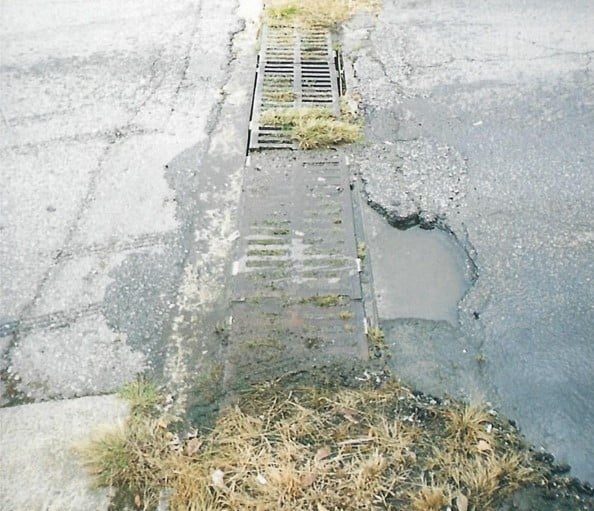Application, Brewery, Brewery FAQ, Catch Basins, Chemical Processing, Commercial, Driveway Drains, Farm/Barn, Greenhouse, Home Trench Drain Projects, Kennel, Latest Drainage News, Patio, Plastic Drains, Pool & Spa, Residential, Transportation/Heavy-Duty, Trench Drain Basics, Uncategorized, Waterworks, Winery, Yard/Lawn/Landscape, Zoo
Common Reasons Why Trench Drains Fail
Trench drain systems can be a large, but important investment to any property. There are multiple facets to each project that help determine how and what drainage system to use. Fundamental mistakes are often made that cause a new installation of trench drain to fail. This happens when the entire scope of the project isn’t clearly understood or planned out.
There are common reasons as to why and how a trench drain system can fail. Most often those reasons consist of poor maintenance, incorrect or improper drain system, grating, and/or installation for the application.
Improper System Selection
Identifying the appropriate trench drain for an application is extremely important. It determines the functionality of your entire system.
For example, if you install a shallow trench drain system in an area with high rainfall or water flow; the gallons per minute will easily overtake the system and the water will not drain efficiently from the area. Instead, use a larger system that is capable of handling high volume situations. The FP1200 is an excellent choice when a larger system is needed for this reason.
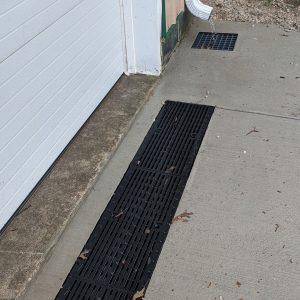
The reverse is true if the install is going to be exposed to pedestrian foot traffic only, in a patio or pool, and receives light water. Then an FP1200 would be overkill and a smaller system such as the NDS Mini Channel would be perfect, due to its size and GPM capacity.
Questions To Ask
Asking this simple question when specifying a drainage system will help determine what type of drain system will be appropriate. Trench drain systems are application specific.
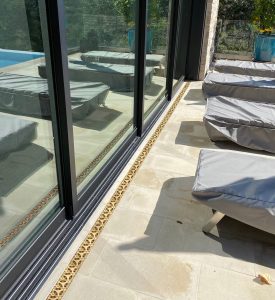
There are many instances when cost or aesthetic becomes the main focus of a project instead of functionality. This often causes issues when an application requires a heavy-duty grate option, rather than a light-weight decorative plastic.
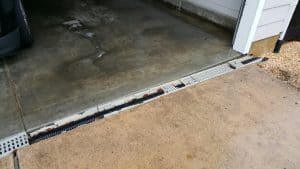
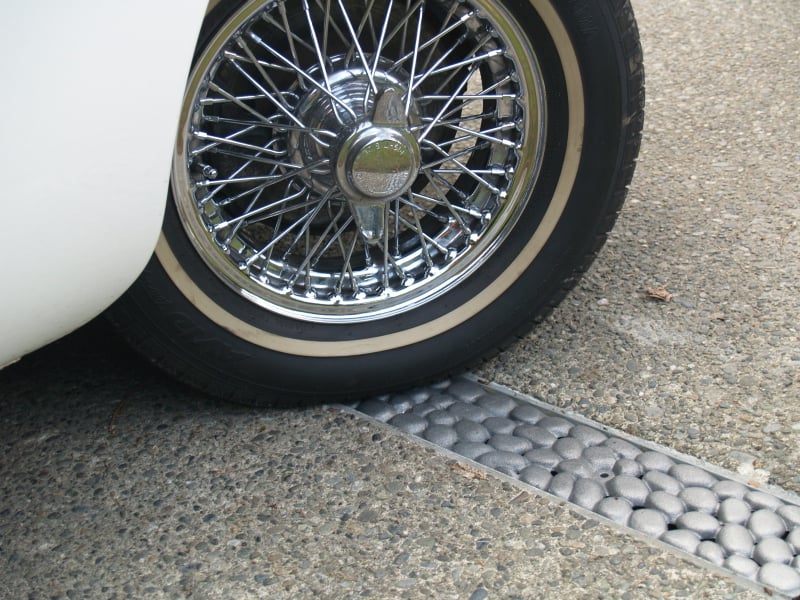
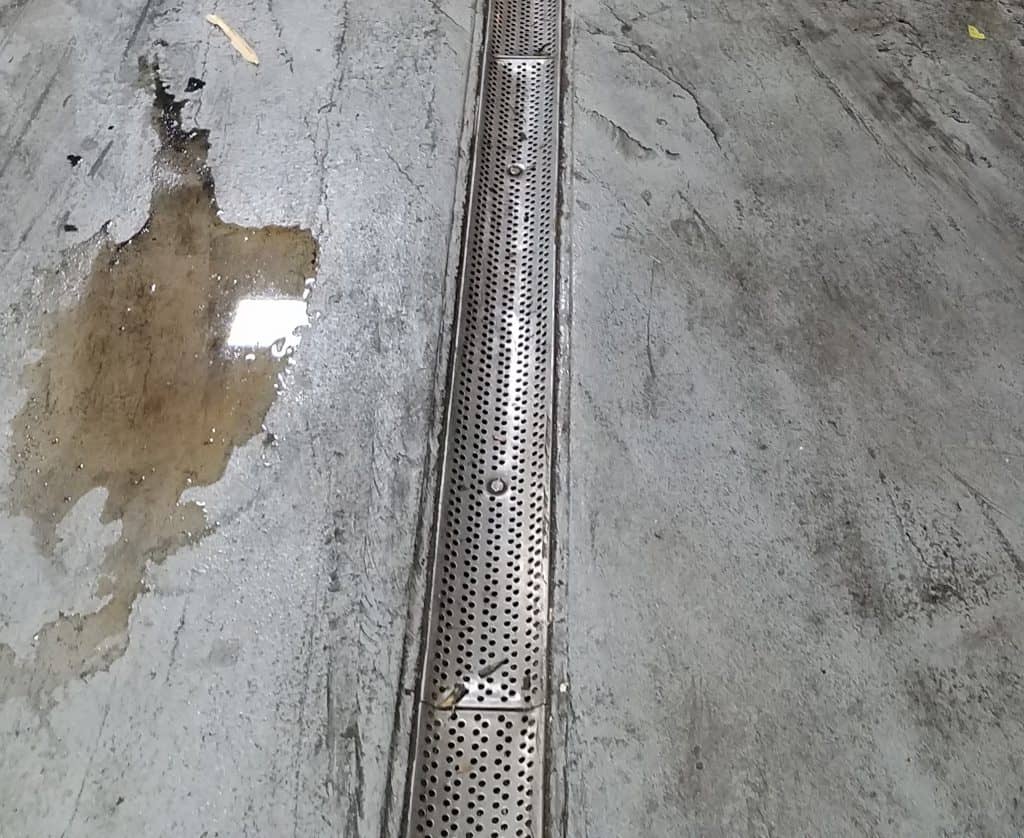
Incorrect Grates
Several issues arise when the incorrect grate is used on a project. After identifying what your application is, what Load Class should be the next step in your specifications. Establishing what kind of traffic will be moving over the grates is key to specifying which will be suitable for the application. Equally as important is knowing what environment the trench grates will be exposed to.
Load Class is a fundamental aspect when choosing a drain system and its grating. It helps determine what type of system and trench grates can be used. Using an inferior Load Class than required can lead to a failed and possibly damaged system.
For example, if your project is for drainage for a garage and you choose to install a grate that is rated as a Load Class A or pedestrian traffic only, the grate will fail and has the potential to damage the drainage channel and/or property. This can be a very costly mistake and is the most common. Instead, use a grate that is rated at a Load Class B or higher. This higher rating will appropriately handle the rolling weight of the vehicle or traffic moving over the grate.
Other aspects to consider when choosing a trench drain grate is what material should be used. Material plays a large role when determining the appropriate grate for an application. Knowing what the grates will be exposed to such as temperature, chemicals, and region will help in understanding and planning the specifications.
Fiberglass for example is often used in instances that have a high temperature or chemical exposure rate. If a regular galvanized metal grate was used in a caustic environment, it would degrade quickly causing subsequent failure.
Questions To Ask
2: What will be moving over the grates?
3: Will it be exposed to heat or chemicals?
By asking these two questions you will help narrow down the choices even further to meet the expectations and needs of your trench drain system.
A major point within any project is the physical installation of the trench drain system. This is an area which can be a turning point for an application. If done inaccurately, it will hinder the function of the drainage system and could cause multiple issues in the long run.
Inaccurate Install
There are several different ways to install a trench drain system depending on the application. Correct installation is key to a successful drainage project. If the incorrect materials are used during an install then the system has an increased failure probability.
For example, when installing a trench drain system it is a best practice to install using some type of anchor, such as installation chairs. An installation chair holds the channel in place as you pour concrete. This provides a foothold for the system and helps to prevent movement. Without properly anchoring the trough prior to the pour, it may move thus causing an incorrect install.
If you simply place the drain system without following these best practices then the system will not function appropriately which may also cause issues with standing water and/or incorrect redirection of runoff.
Many systems have install guides that should be followed to accurately position and place the drainage project. Using incorrect drainage materials and methods during installation will likely result in a drainage system failure.
Questions To Ask
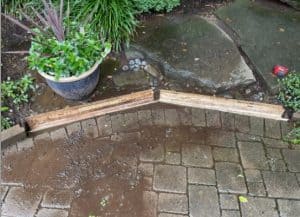
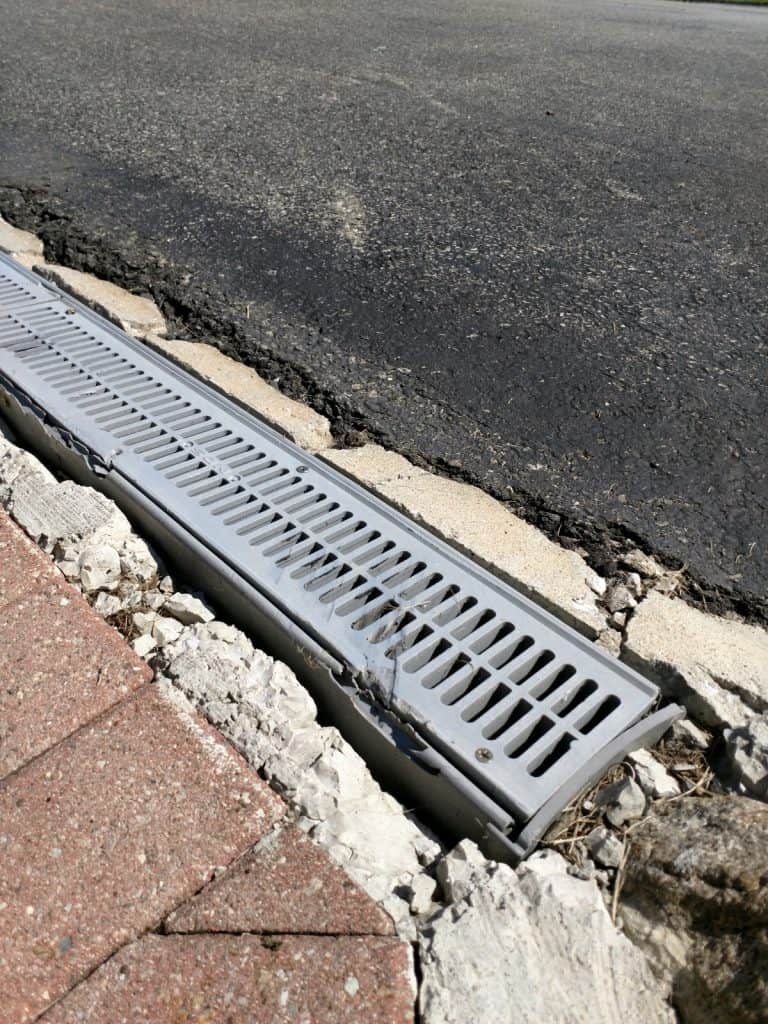
Finding a local installer can be a difficult task. However, most often a landscape architect or masonry are both good resources to investigate.
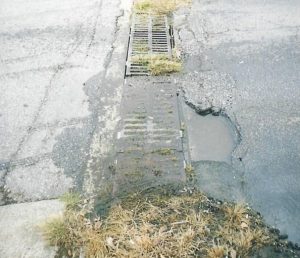
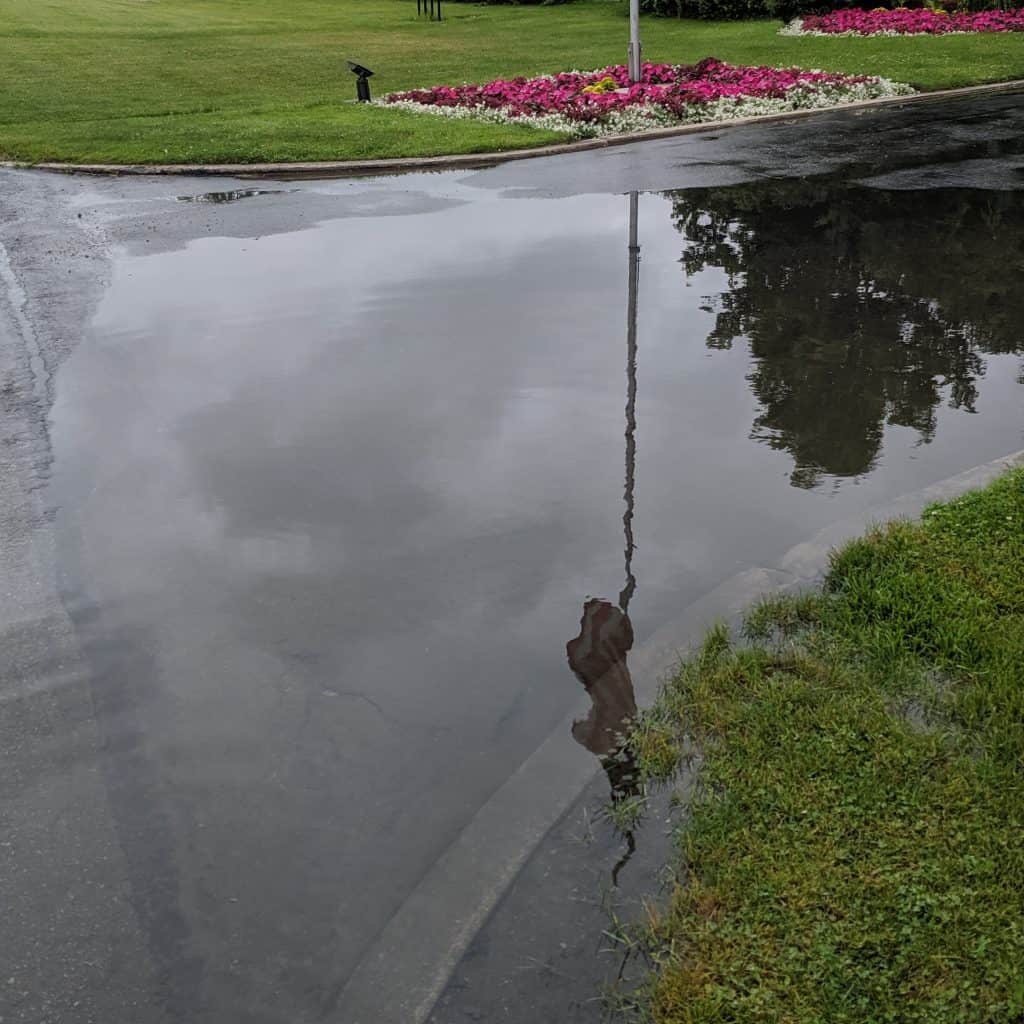
Poor Maintenance
An annual cleaning of your trench drain system is the best way to get the most out of your drainage application. Drainage systems are exposed to the elements and need the occasional maintenance to ensure proper water dispersement.
In many instances trash, leaves, and silt collect over time and cause the drainways to clog and become ineffective at draining properly and taking the water away from the area. If left unattended these drain systems become counterproductive and could eventually become unsafe.
It is incredibly important to clean out your water drainage system near doorways and buildings. If debris is left to build up, the trench system can fail causing water runoff to be left sitting in undesirable areas. Left unattended this continual water may seep into and under doorways; damaging foundations, equipment, flooring even stored personal items.
Questions To Ask
Annually cleaning out your trench drains or drainage basins is a great way to ensure your systems are maintained and continue functioning to their best ability. An appropriate water drainage system is essential to any application where standing water may be a concern.
Working to prevent these common mistakes will improve the function of the trench drain system that you choose, as well as keep your project within your planned budget. Asking the important questions will give you the peace of mind that your specifications will meet your application needs.
Trench Drain Systems is one of the largest distributors in the United States who are committed to providing you with quick solutions to all your surface water runoff problems. Our professional staff can assess your project requirements and quickly offer you competitive pricing and information regarding the products you need. Contact us for a free quote or for further information on drainage solutions visit TrenchDrain.com or DrainageKits.com
Phone: 610-882-3630
Email: [email protected]
Click here for a fast and free quote!

